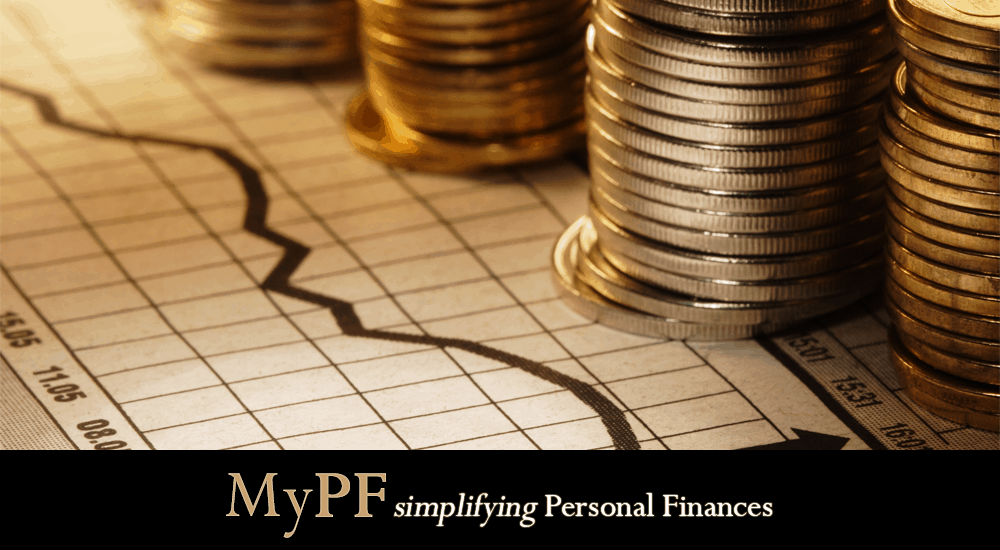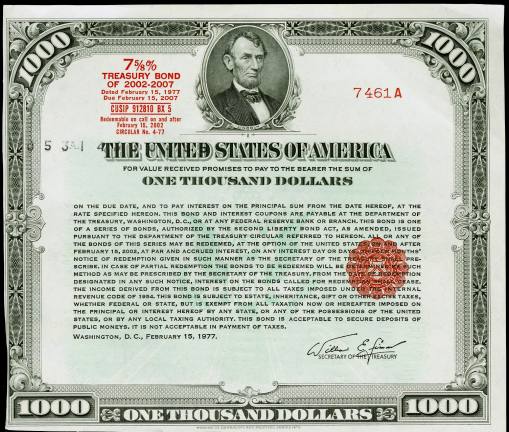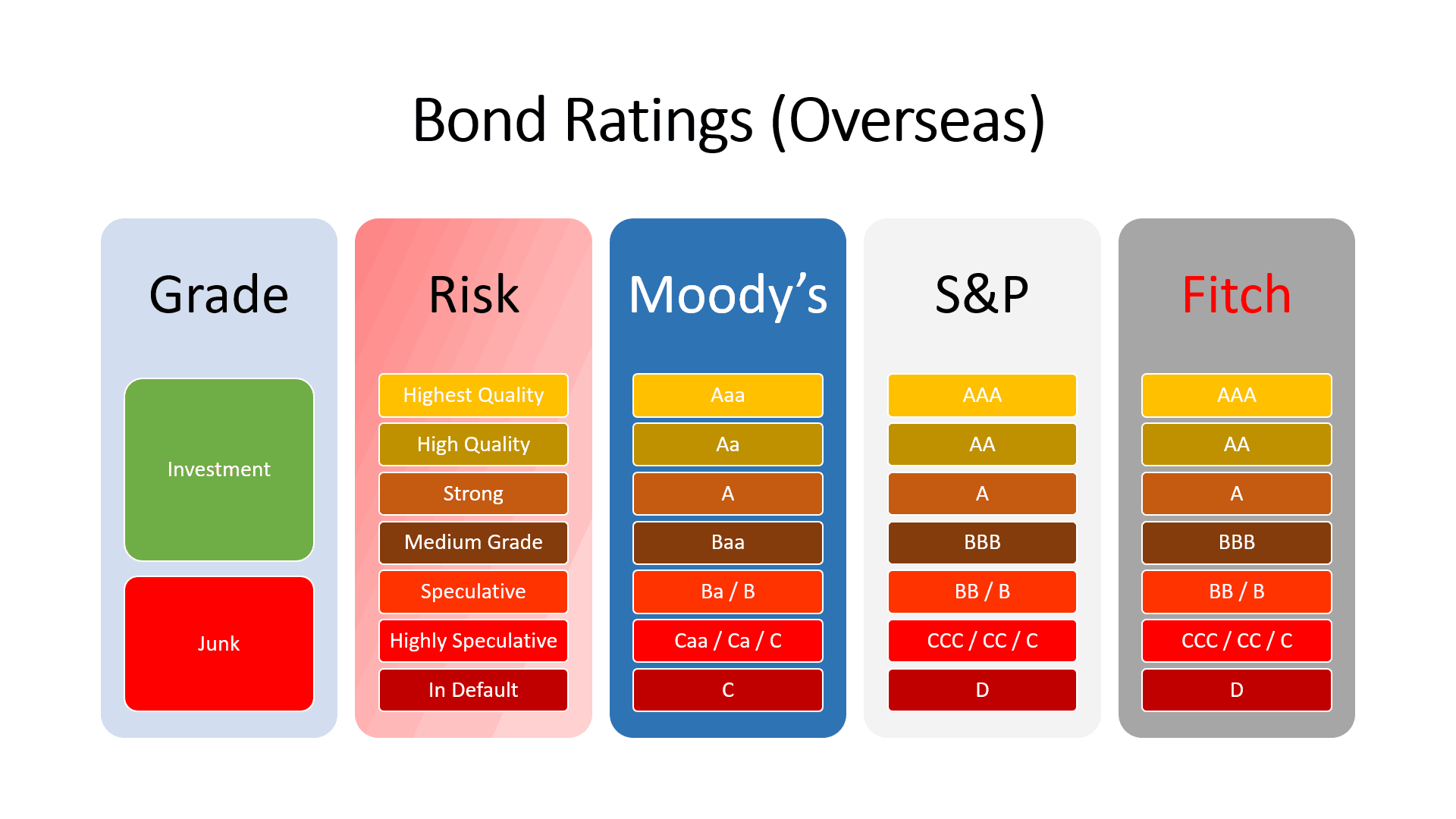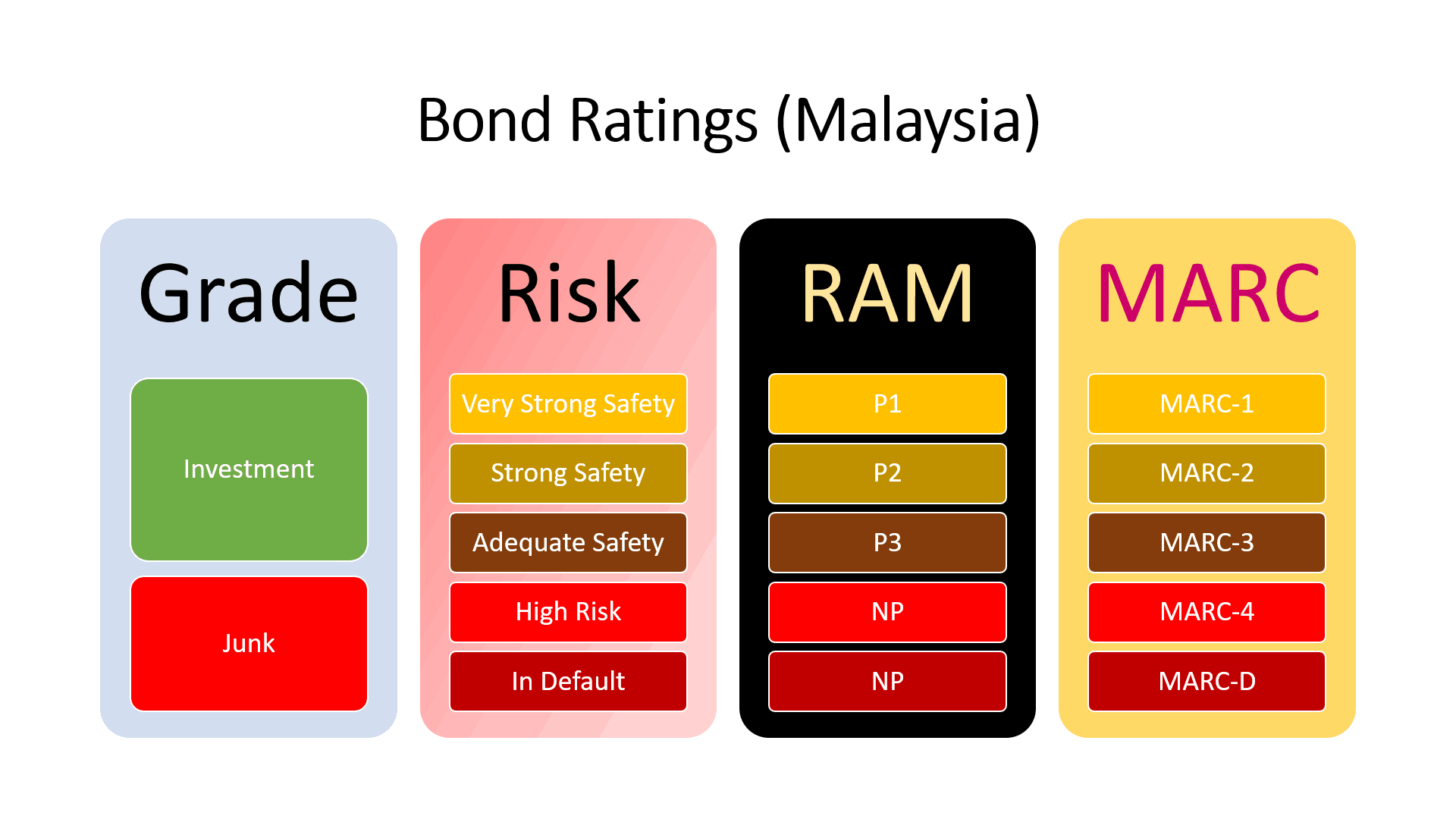Learn about investing in bonds, options to buy bonds, and understanding bond concepts such as coupons, par value, and bond ratings.

What is a Bond?
A bond is a debt security issued to raise funds and the issuer gives you a promised rate of returns. It is a long-term fixed interest security with a maturity above 1 year. A bond’s pricing is affected by the coupon rate, principal (par) value, years to maturity, and rate of return (discount rate).

Bonds used to look like this
Bond Issuers
- Supranational bonds: issued by internal groups/powers
- Government/sovereign bonds: issued by governments
- State/non-government/municipal bonds: issued by state-governments
- Quasi government bonds: issued by quasi-government agencies
- Corporate bonds: issued by companies
- Individual/celebrity bonds: issued by individuals
Malaysian Bond Types
- MGS: Malaysian Government Securities
- GII: Government Investment Issues (similar to MGS) following Islamic principles
- GG: Government Guaranteed bond issued by GLC approved by Ministry of Finance and regulators
- Corporate Bonds: Issued by corporate entity
- Corporate Sukuk: Issued by corporate entity following Islamic principles
What do You receive as a Bondholder?
- Interest payments (coupons)
- Your principal sum on maturity (par value)
Benefits
- Bonds generally viewed as safer and less volatile investment asset class compared to equities.
- Investors can more easily understand bonds with access to information and tools.
Risks
Bonds used to be perceived as low-risk investments which tends to move opposite of interest rates & shares. A typical asset portfolio in the old days would consist of shares & bonds. Today, however, bonds are at risk of failure from companies (and even governments!). Depending on the bond rating, bonds can range from a low-medium to high risk investment.
Bond Investment Risks
- Interest Rate Risk: Changes in interest rates affect bond value
- Call and Prepayment Risk: Bonds can be called early and principal returned early where future interest payments on principal will not be paid. This is often prompted by a fall in interest rates.
- Yield Curve Risk: Change in yield curve can affect returns. If market interest rates (yields) increase, the price of a bond will decrease (and vice versa).
- Reinvestment Risk: Principal and interest risk being invested at a lower rate (in a low interest rate environment). This is especially if bonds are called early in a declining interest rate environment.
- Default Risk: Risk of credit worthiness of the issuer.
- Downgrade Risk: Risk of bond rating falling.
- Liquidity Risk: Risk of bond being unable to be disposed/sold.
- Exchange Rate Risk: Risk of bonds in foreign currency.
- Sovereign Risk: Changes in government policies affecting the repayment of debt.
Bond Challenges in Malaysia and Asia
- Lack of comprehensive source of bond information.
- Over the counter (OTC) nature of business and no bonds exchange.
- Historical regulatory framework and traditionally geared more toward institutional and high net worth individuals.
Bond Ratings
There are bond rating agencies that assign a creditworthiness score to bonds issued. Bonds are analysed based on the bond issuer in terms of 4Cs for a specific debt issue.
- Character
- Capacity
- Collateral
- Covenants


Buying Bonds
It has become easier for individual investors to buy bonds in recent years. Historically, bonds require typically $25,000 or RM50,000 and above to invest for some degree of diversification. If you have a smaller amount to invest, consider bond funds or other lower-risk/fixed interest investments.
In September 2018, Securities Commission liberalised framework for retail invest in Malaysia’s corporate bond and sukuk market. This allows investors to buy bonds directly from as low as RM1,000.
Bond Buying Options
- Primary/Individual Bonds
- Secondary/Express Bonds (odd lots, small sizes, secondary market)
- Bond funds (UT)
- Bond ETFs
Bonds Consideration
- Credit Rating: e.g. AAA
- Ask Price the price seller is willing to sell the bond for
- Years to Maturity: period left on coupon until maturity
- Yield-To Maturity (YTM): expected yield for the bond held to maturity aka all the remaining payments
- Coupon Rate: rate on the bond based on par value
- Coupon frequency: e.g. annual, semi-annual, quarterly
- Bond currency: e.g. MYR, USD, JPY
- Bond type: e.g. MGS, IGG, GG, corporate, junk
Bond Maturity
- 1 year: money market instruments
- 2 – 5 years: notes
- 6 – 10 years: intermediate bonds
- Above 10 years: long-term bonds
FAQ
Q: How is YTM calculated for perpetual bonds as there’s no maturity date?
A: YTM for perpetuals an approximation as there’s no maturity date. YTM would be based on the current yield.
Current yield on perpetual bond = total amount of coupon payments received annually / market price of the bond x 100
Q: What is debenture vs bonds?
A: All debentures are bonds. But not all bonds are debentures. The biggest difference is a debentures is an unsecured bond (not backed by assets). In Asia, debentures also often provide higher yields and have lower tenures.
You May Also Like
- 5 Alternatives to Fixed Deposits
- Bonds as an Investment Option for Retirees
- Sukuk (Islamic bonds) as a Shariah Compliant Investment

Can I know where to buy the bond?
Hi again. The bond from Public mutual on having no. 1 to 5 on risk factor on bond rating. Do not have the same rating as above.
If can buy bond through ETBS, can we short it?